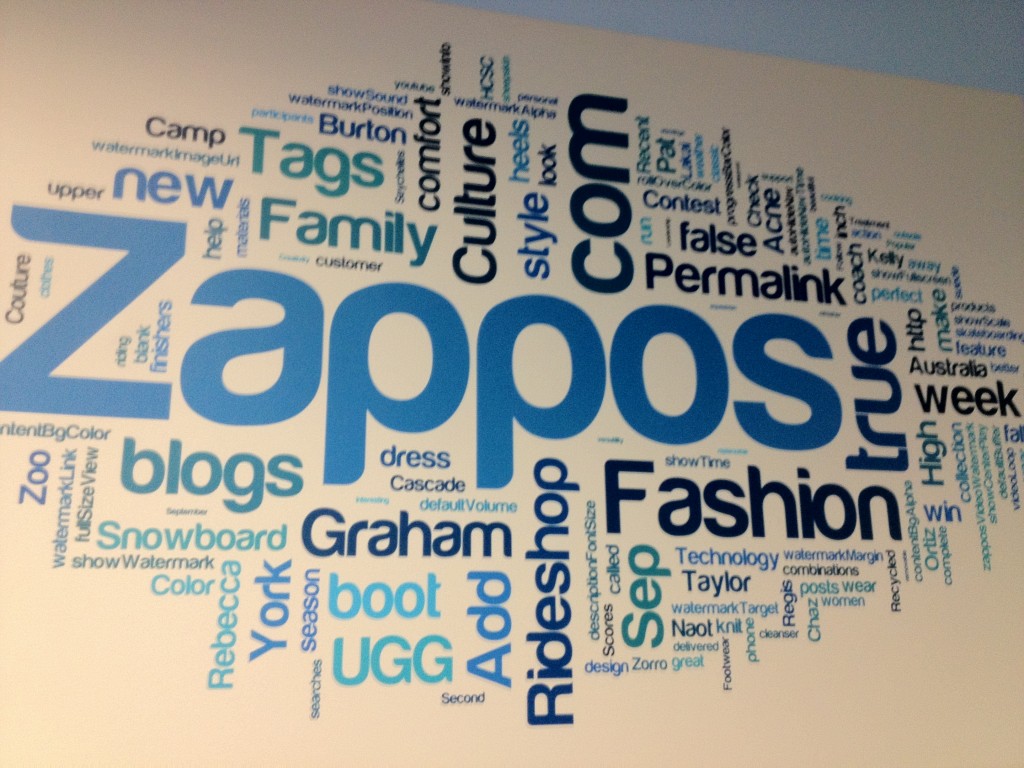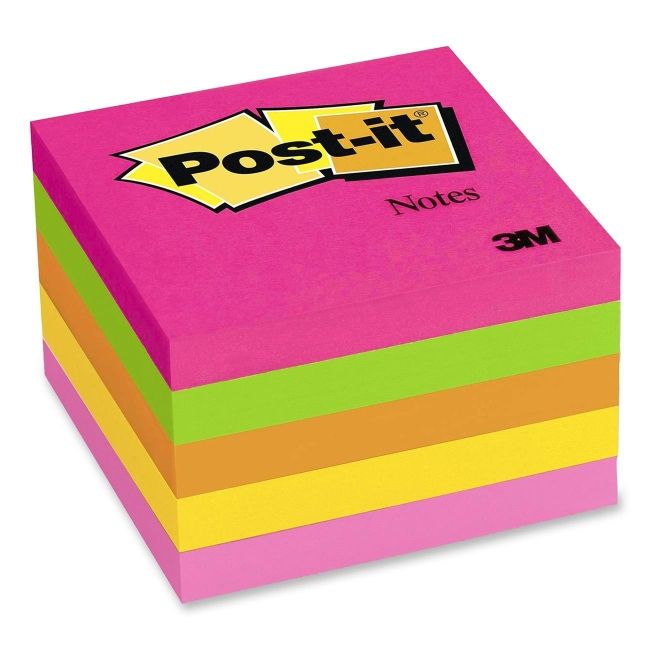So here I am looking for an external business blog to fulfill my commerce blog requirement for 10% of my grade and I stumble across gold on the Harvard Business Review Blog.
Here are my takeaways based on the characteristics of Chinese consumers:
1) Brand conscious and Price sensitive (seemingly paradoxical)
Solution: Develop brands and products that signal status (goods which can be observed by the public) vs. goods which are used in private
2) Lack of trust in Chinese consumers in Chinese Businesses
Solution: It seems to me that Chinese people have a skewed perception that western civilization is characterized by complete honesty and fair-play, a concept supported by its capitalist nature. Might I also add that it’s difficult for Chinese businesses to play fair if no one else in the environment follows the rules – why should you single your business out to suffer the rightful consequences if no one else is being subjected to them? Hence the numerous scams in China. This vicious cycle doesn’t exist in western civilization because of heavy government regulation: protecting the rights of citizens to own things they produce and buy as well as property rights. In this case, government intervention in the form of reinforcement of laws result in better market outcomes.
If I were to solve this problem in its first stages, I would literally establish a company based in North America targeting markets in China. The only purpose of setting up the enterprise in the US, for the sake of this argument, is to play up to the belief that western companies are so-called “trustworthy”.
3) Investments in Children’s Education
Solution: Since Chinese parents become penny-pinchers on themselves (on average) and big-handed spenders on their kids, it only makes sense to develop products catered toward enriching the lives of their kids – through education which is the most popular.







